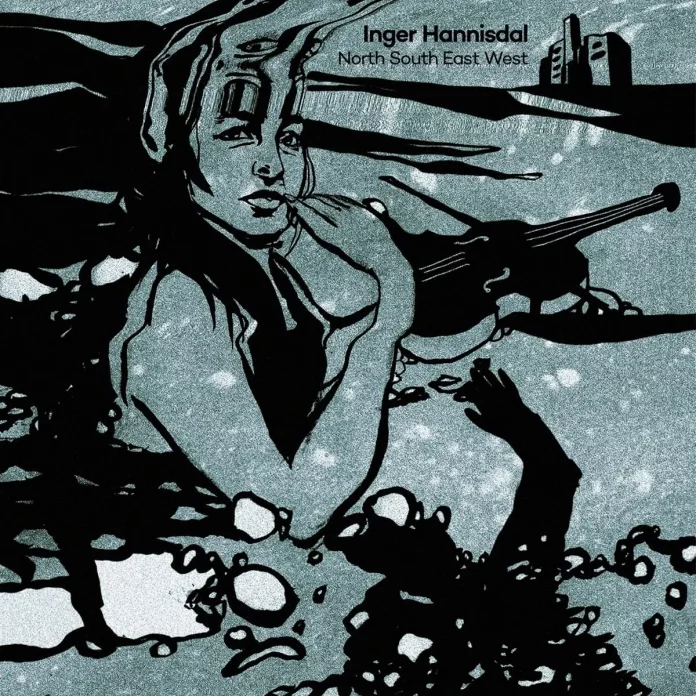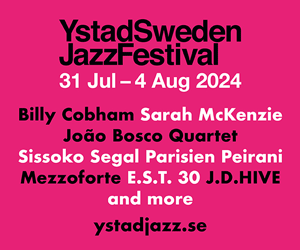This album is an amalgamation of different types of folk music, mainly Eastern European, Middle Eastern, North African and Norwegian – the last understandable given the origin of violinist and leader, Inger Hannisdal. There are very few glimpses of jazz though, and these tend to be the way Adrian Myhr’s bass is utilised, through occasional interjections, as on Nordover, and a fairly consistent walking bass line.
However, there are many attractive features in the music, not least the way in which techniques are used to combine improvisation with traditional folk patterns and dance, occasionally reminiscent of Fairport Convention, although the main influence here is Middle Eastern, especially from the violin and alto.
The latter is played more like an Arabic reed instrument, though not as penetrating as, for example, a mizmar, but more oboe-like. Generally there is more similarity with the Arabic maqam technique which uses pitch, patterns, tension and other elements in its melodic structure.
Frode Haltli’s accordion varies in its range: as a harmonium when playing chords, retaining notes; as a drone (on Taqasim) to give background texture; with a reed tone on single-note runs. Hannisdal’s violin moves freely between the styles, even hinting at Celtic roots on Berceuse and Glitter and suggesting classical baroque, for example on Demring.
I’m not convinced that a jazz outlet is the most suitable platform for a review, but it could be argued that there is enough crossover under the ubiquitous umbrella of world music.
Discography
Intro; Demring – Dawn; Virvier – Swirls; Berceuse; Seil – Sails; Taqasim; Steg – Steps; Stryk – Rapids; Glitter; Nordover – Northwards (44.01)
Hannisdal (vn); Frode Haltli (acc); Khalid Laaouam (as, pc); Adrian Myhr (b); Michaela Antalova (d). Oslo, January 2022.
Jazzland Recordings/OKWorld 3779499















